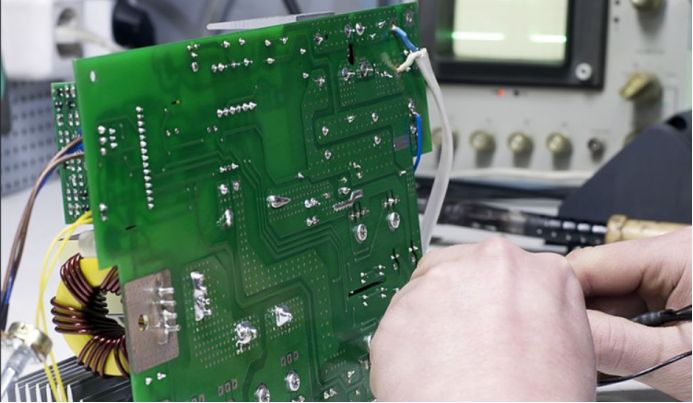

Today we are going to talk about, the common terms of high speed PCB.
1. Transition Rate
What we need to understand first is that there is actually no instantaneous transition from off to on. The voltage must transition from a low level to a high level, and although it happens very quickly, it goes through all the voltages in between.
At some point during the transition, it is 1.8V, and at another point, it is 2.5V. The speed at which the voltage transitions from a low state to a high state is called the transition rate.
2. Velocity
Electrical signals also have speed limits—the speed of light, which is extremely fast. Considering a 1GHz signal has a period of 1ns (1 nanosecond), the speed of light is approximately 0.3 m/ns, or 30 cm/ns. This means that on a 30 cm long conductor, the first clock pulse of a 1GHz signal has just reached the other end of the conductor when the next clock pulse is generated at its starting point.
Assuming it is a 3GHz signal, by the time the first pulse reaches the other end of the conductor, the clock signal source has already generated the third pulse. If it's a 3GHz signal and a 30cm conductor, it means that a single 30cm conductor contains 3 pulses, 3 high states, and low states within its length.
We will learn more Special Words in tomorrow news.